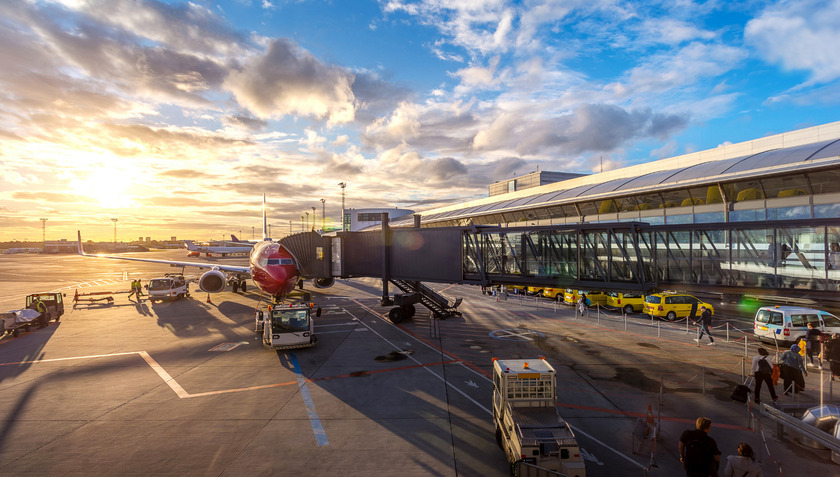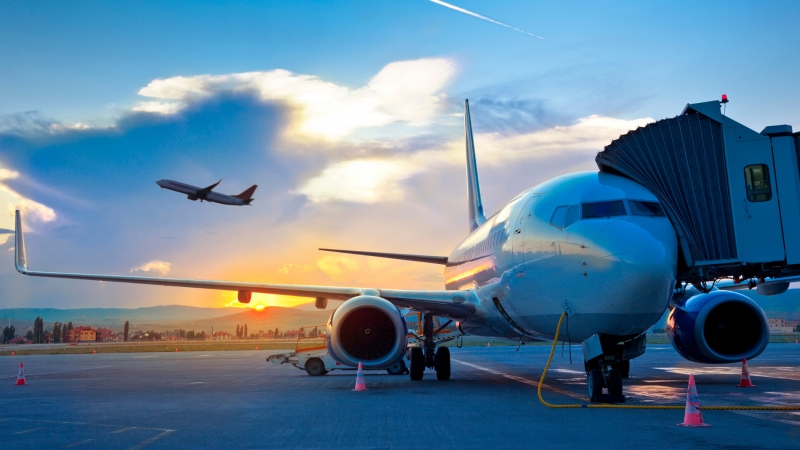In the announcement, IATA forecasts that the average profit of airlines per passenger will increase to the mark of 7 USD by 2025. By this year, the profit per customer is expected to reach 6.40 USD.
CNN commented that the above figures are a manifestation of the amazing recovery of the airline industry, which recorded three consecutive years of losses from 2020 to 2022, reaching nearly 187 billion USD due to the COVID-19 pandemic. "The continuous surge in travel demand after COVID-19 travel restrictions were lifted, quickly helped the airline industry restore profits and allowed some airlines to charge higher fares," CNN wrote.

According to the latest forecast of the International Air Transport Association (IATA), the global revenue of this industry is likely to exceed the 1,000 billion USD mark next year, an unprecedented record number.
The latest IATA report paints a rosy picture of the future of the global aviation industry. While Middle Eastern airlines are expected to dominate the market with impressive profits of $24 per passenger, putting them in the lead, European and American airlines are not far behind with $9 per passenger and $12 per passenger respectively.
However, the picture is quite different in Africa, Latin America and the Asia-Pacific region, where airlines are expected to see lower profits than the industry average. This stark divergence illustrates the different opportunities and challenges facing the regions.

This is a sign that the aviation industry is recovering strongly and is ready for a promising future.
“The ongoing supply chain issues are having a huge impact on IATA’s cost base,” said IATA Director General Walsh, adding that the prolonged aircraft shortage means older, less fuel-efficient aircraft are flying for longer periods, increasing operating and maintenance costs and negatively impacting the environment.
Additionally, the upcoming change in the US government could hamper the aviation industry’s efforts to achieve net zero carbon emissions by 2050. According to Our World in Data, aviation accounts for 2.5% of the world’s carbon emissions. Meanwhile, scientists say global greenhouse gas emissions must be reduced to net zero by 2050 – taking into account all pollution created and removed from the atmosphere – to keep global warming below 1.5 degrees Celsius.



































